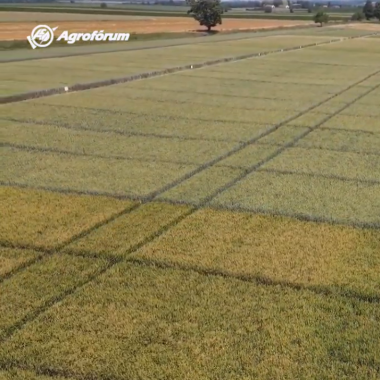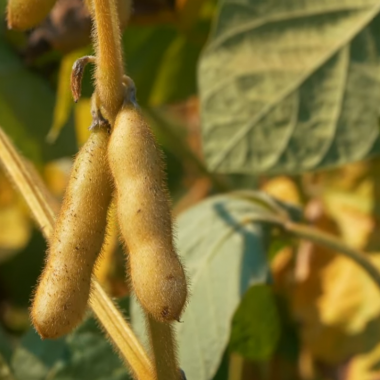soil and pre-crop
Soil: Winter durum wheat prefers the same soils as conventional wheat, in other words, it is best grown on deep soils rich in humus and with a good water retention, sufficient lime content and good adsorption capacity. Suitable soils include chernozem with calcareous deposits, meadow soils and alluvial soils, while durum wheat does not grow well on loose, shallow and gravel soils with and excessively bound, acidic soils. The best growing areas in Hungary are located in the Great Plain region, the southern part of the plain region bordered by the Danube and the Tisza and on the medium heavy meadow and forest soils of the central and southern parts of Transdanubia.
Pre-crop: Ideal pre-crops for durum wheat are harvested early, do not dry the soil and may even enrich the soil in nitrogen. These include legumes and early harvested non-legumes such as rape, flax, poppy, early potatoes or tobacco. Medium good pre-crops are sunflower and sugar beet. Do not grow after wheat, other cereals or maize.
TILLAGE
The same as that for winter wheat. The pre-crop, its harvest time, the depth of tillage it required before sowing, the condition of the soil after it has been harvested and precipitation define the applied tillage practices. Recommended tillage schemes are the same as those for winter wheat.
sowing time
Optimally, durum wheat is sown between October 5 and 20.
seeding rate
The recommended seeding rate is 3.5 – 4 million seeds/ha. Under unfavourable conditions and when sown late, the seeding rate should be increased to 4.5 million seeds/ha, as durum varieties have limited tillering. The recommended sowing depth is 4 cm.
fertilising
The specific nutrient requirements of winter durum wheat and winter wheat are the same and as may be defined as follows, for one tonne of grains and the corresponding stem and root mass: N: 27 kg, P2O5: 11 kg, K2O:18 kg, CaO: 6 kg, MgO: 2 kg and S: 6 kg/ha. Phosphorus and potassium are applied in the autumn as base fertilisers, whereas nitrogen is recommended to be applied in very low amounts (or not at all) in this season. Instead, nitrogen should be broadcast in the spring as top dressing in three applications. The first application should be made in early spring at the beginning of the growing season (at a rate of about 60 kg active ingredient per hectare), the second at the start of flowering (40 - 60 kg active ingredient/hectare) and the third at the emergence of the flag leaf (40 - 60 kg active ingredient/hectare).
crop protection
Powdery mildew may require preventive control measures at the same time as weed control i.e. at tillering. Growth regulators should also be applied at the same time. After stem elongation starts, further outbreaks of leaf diseases (powdery mildew, Septoria and brown rust) can be expected, requiring treatments with systemic fungicides. The interval after tillering i.e. the beginning of flowering is a very important period for crop protection. At this time, the most important task is to protect the ears, especially against Fusarium. Foliar treatments are also important. In addition to the diseases listed above, the appearance of rusts should also be expected. To control these, foliar spraying with systemic fungicides should be used. It is advisable to control aphids and shield bugs at the same time, combining insecticides with fungicides. It is essential to integrate two treatments in the technology where the first one is against leaf diseases and the second one against Fusarium on the ears.
harvest
Quality parameters are established as early as at a stage where the moisture content of the grains is around 17-18%. This is the recommended starting time of harvest. Since the grains are hard, the settings of the combine harvester should be carefully selected. As little as 5-10 mm of rain at full maturity will significantly reduce the quality of durum wheat, especially if followed by a few days of cool weather. Quality will be reduced by germination triggered by the increased activity of the enzyme α-Amylase and the decrease of the Hagberg falling number.


